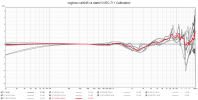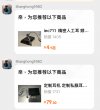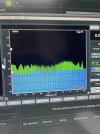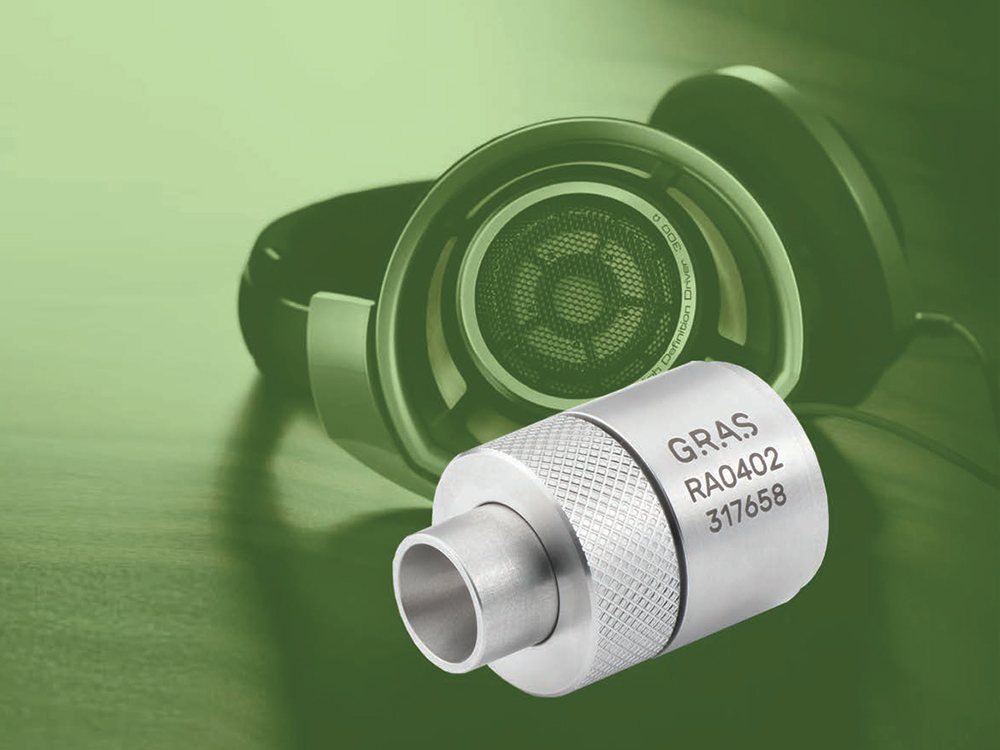Hey all,
I was wondering if anyone could give me some tips on measuring IEMs/earbuds for use with AutoEQ.app
I have a dayton imm-6, and i saw that its quite common to use that and a tube to get measurements for not too much money.
I don't need the measurement to be perfect, just good enough where i can save a file and upload it to AutoEQ for personal use.
For instance, i have a pair of Redmi AirDots 3 Pro, however they do not sound the best to me, so i would like to EQ them to AutoEQ target (or harman).
What is the best way to go about doing this? I assume i would need some sort of tubing to go between the imm6 and the earphone? Is there a certain type/length or anything it needs to be?
What is the workflow for something like this? Again, i don't need the measurement to be perfect, just a rough curve that would allow me to EQ earphones that aren't on the autoEQ database.
Thanks
Gershy13
I was wondering if anyone could give me some tips on measuring IEMs/earbuds for use with AutoEQ.app
I have a dayton imm-6, and i saw that its quite common to use that and a tube to get measurements for not too much money.
I don't need the measurement to be perfect, just good enough where i can save a file and upload it to AutoEQ for personal use.
For instance, i have a pair of Redmi AirDots 3 Pro, however they do not sound the best to me, so i would like to EQ them to AutoEQ target (or harman).
What is the best way to go about doing this? I assume i would need some sort of tubing to go between the imm6 and the earphone? Is there a certain type/length or anything it needs to be?
What is the workflow for something like this? Again, i don't need the measurement to be perfect, just a rough curve that would allow me to EQ earphones that aren't on the autoEQ database.
Thanks
Gershy13






